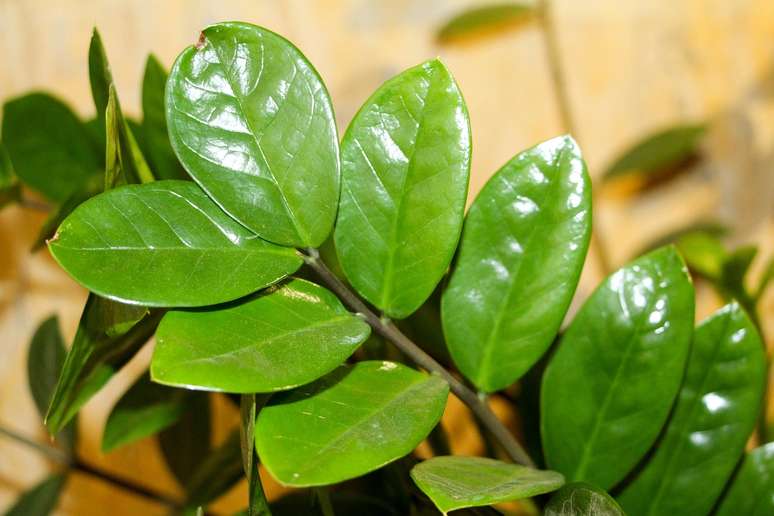The species is also called lucky plant. ‘Estadão’ spoke to gardening experts to understand the risks for dogs and cats
From the discovery of zamioculcain 1829, the plant became very popular. The species has the ability to survive in low light conditions and lack of intensive care, and is therefore the main choice for those who want to furnish their home without worrying about excessive maintenance.
Despite its popularity, Zamioculca is considered a toxic plant, which contains calcium oxalate crystals. Lucas Fernando, agronomist and landscape designer, explains that if the species is accidentally ingested by children or pets, it is advisable to consult a doctor. The most common symptoms are oral irritation, difficulty swallowing, nausea and vomiting, and swelling of the mouth and throat.
Letícia Balbueno, a gardening specialist, points out that not all pets feel the need to chew the plant. “The flavor is not good at all. But, when they are puppies, you have to be very careful and the recommendation is to leave these plants out of reach of animals.”
He further explains that plants such as Adam’s rib, boa constrictor and peace lily also contain calcium oxalate and are also toxic.
Many call zamioculca the lucky plant. The name comes from Feng Shui. According to this Chinese practice, the plant protects the environments, absorbing and eliminating negative energies, instead recalling the good ones, i.e prosperity.
Therefore, in addition to rebalancing the energies accumulated in a particular room, the plant would attract fortune AND money.
Source: Terra
Ben Stock is a lifestyle journalist and author at Gossipify. He writes about topics such as health, wellness, travel, food and home decor. He provides practical advice and inspiration to improve well-being, keeps readers up to date with latest lifestyle news and trends, known for his engaging writing style, in-depth analysis and unique perspectives.







